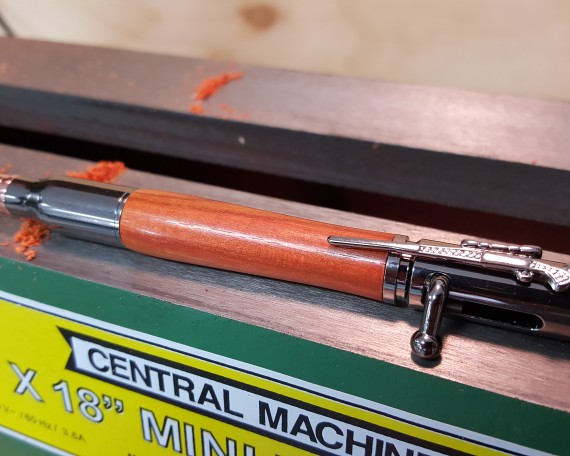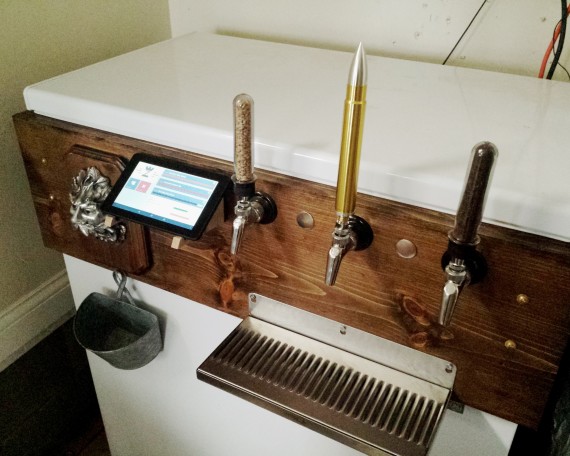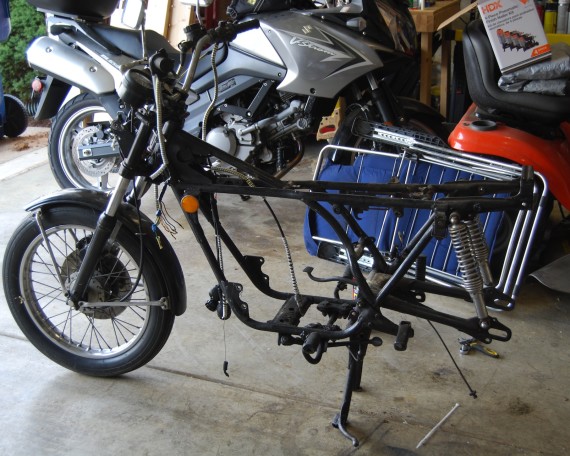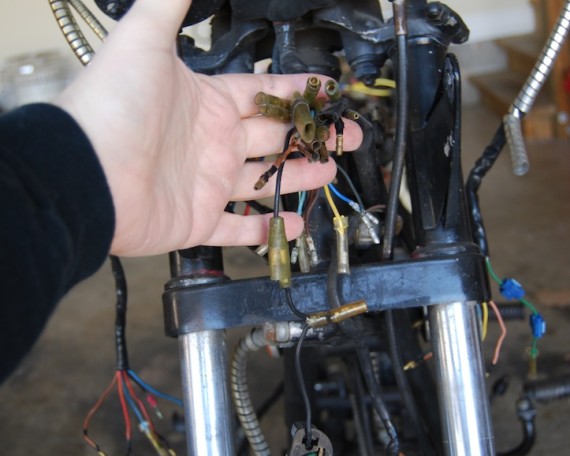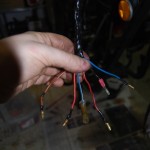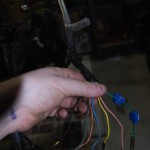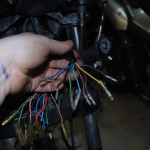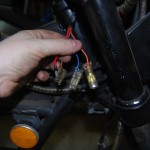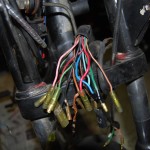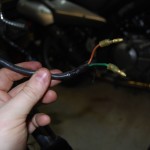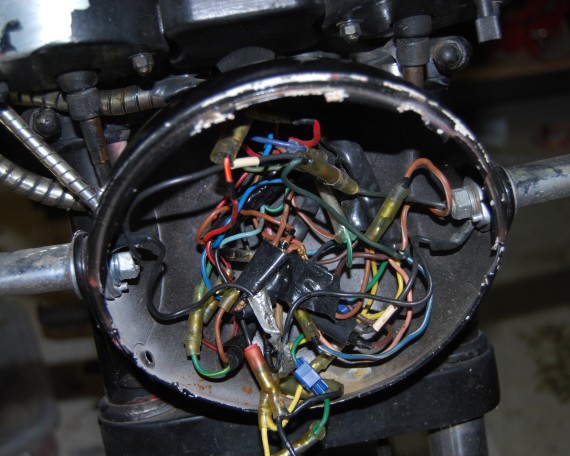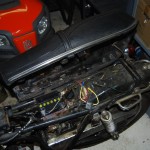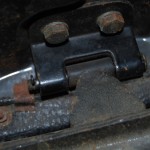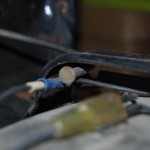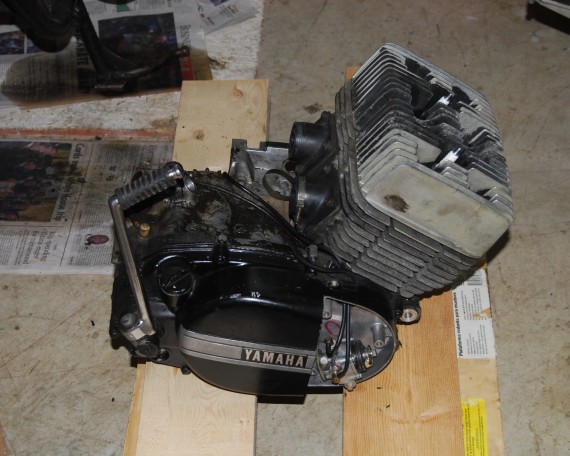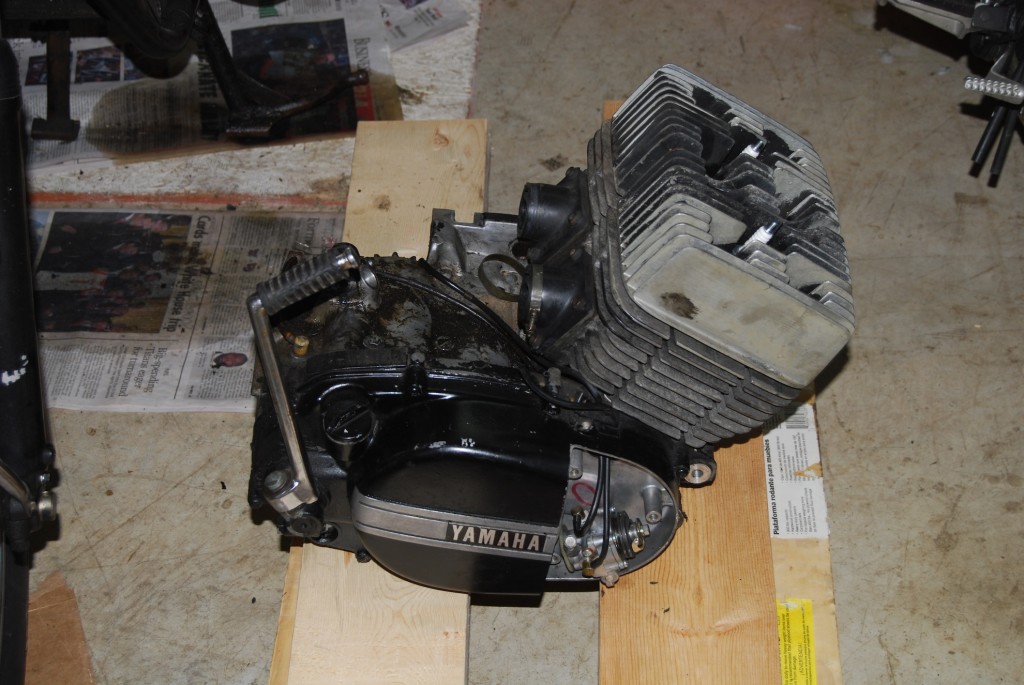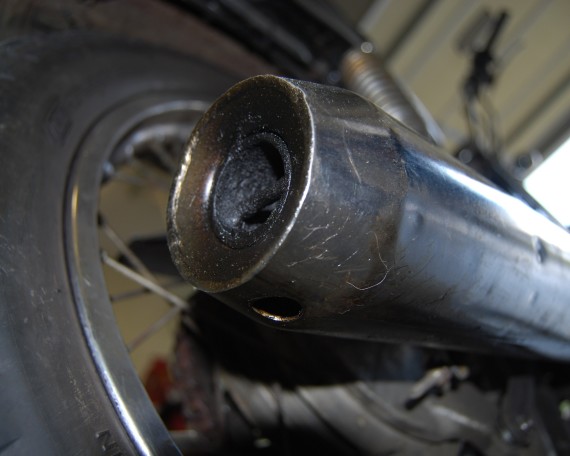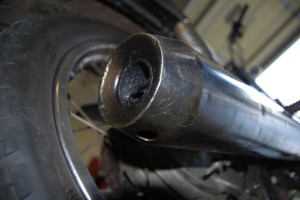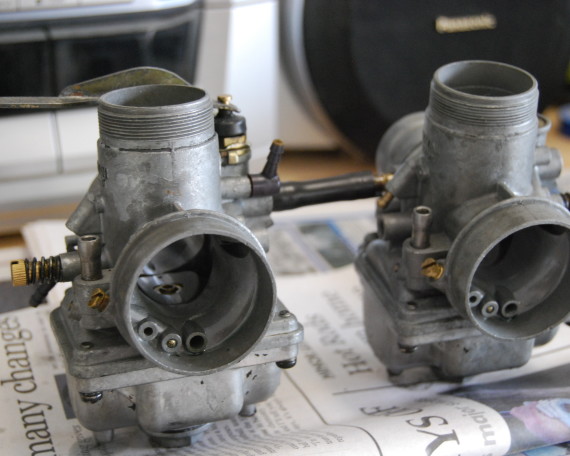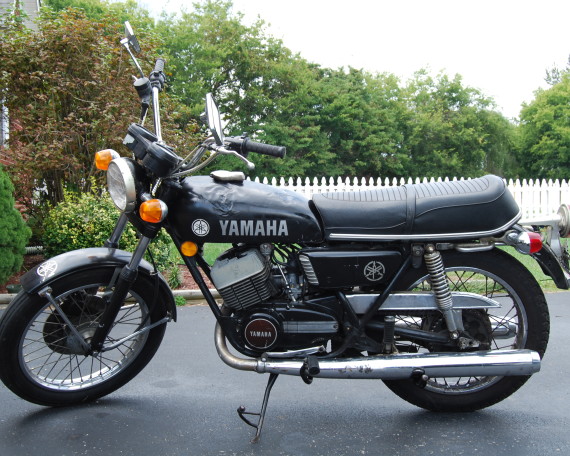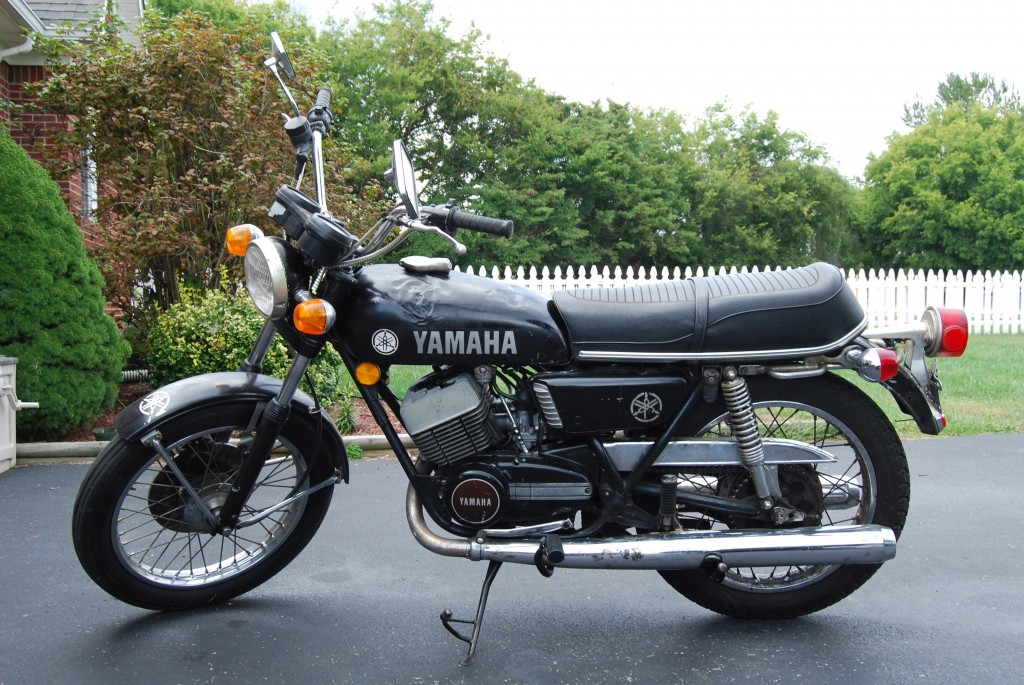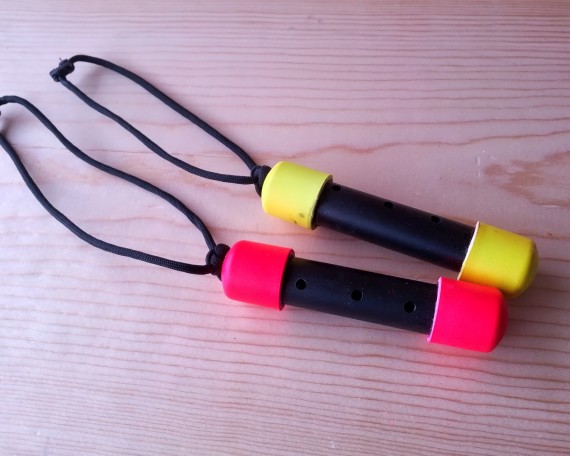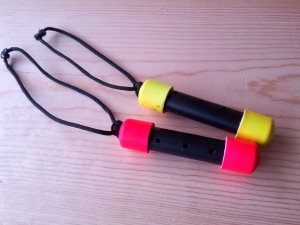
DIY SCUBA noise makers made from PVC and stainless steel ball bearings
Intro
My wife and I went on a couple of dives in Destin, FL, USA over our summer vacation. The first was an awesome boat dive chartered through ScubaTech. Aside from nearly losing my new GoPro on the bottom of the ocean, it was uneventful and extremely enjoyable.
The next day we (mainly me) decided to try our first solo shore dive. The Destin Jetties are a popular shore diving location, and after renting our gear and lugging it 150 yards from the car in loose sand in the summer sun, we were ready to dive. The Jetties were very crowded (boats, snorkelers, dive classes, etc), and this was my first time towing a dive flag (which I will NEVER do again). After roughly 35 minutes on the bottom we were both following our course back towards the shore. I suddenly became aware of some rather intense currents. As I found myself getting pulled up and away from my wife, I frantically tried to make noise so she would know to begin her ascent. Between struggling with the tow line, and focusing on getting my wife’s attention, I neglected to dump the expanding air from my BC and shot up to the surface. Thankfully we had been at a shallower depth for a while, so no issues with the fast ascent (although DEFINITELY not recommended). My wife eventually noticed I was missing, she stuck to her training and looked around for 1 minute, then surfaced about 20ft from me. As we exited the water, I resolved to buy or make some kind of noise maker to bring with me next time. Obviously the better solutions are proper buoyancy control and staying next to your buddy, but this gives you a last ditch effort to get someone’s attention.
Read More

